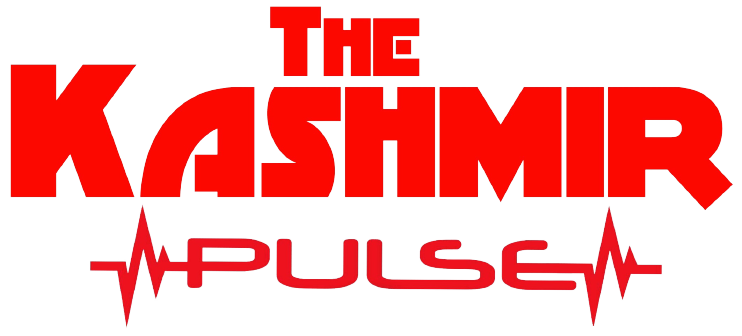Unexpected medical bills can appear at any time. One night in an I.C.U. or an emergency surgery can erode years of savings. Two common lifelines are health insurance and medical loans, but they operate in very different ways. Without further ado, let’s dive straight into a comparison to help decide which safety net is the best fit when every second counts.
How Each Option Works
Here’s how one option stacks up against the other:
| Aspect | Health Insurance | Medical Loan |
| Up-front Cost | Premium plus minor add-ons (tax, optional riders). | You (or the hospital) receives a loan amount; bills are paid from that corpus. |
| Cash Flow at Treatment | Insurer settles bills directly (cashless) or reimburses you. | You (or the hospital) receives loan amount; bills are paid from that corpus. |
| Repayment | None for claims; you just renew next year. | Monthly EMIs over 1-5 years with interest. |
| Long-Term Impact | Predictable yearly expense. | EMIs reduce monthly disposable income; interest inflates the true cost. |
Speed of Access
With most health insurance plans, the hospital swipes your e-card, and treatment starts without any worries about funds. Even fast-track medical loans need KYC, credit checks, and documentation. In a golden-hour emergency, 24-48 hours can feel like forever.
Verdict: For instant bed admission, insurance has the edge.
Total Cost of Care
When you buy health insurance, one fixed premium shields you from unpredictable expenses. You might still pay deductibles or co-pays, but these are capped and known upfront.
As for medical loans, interest rates vary between 12-18% p.a. You also should bear in mind the fees charged for processing the loan and potential penalties for late payment. A ₹5 lakh surgery could translate to ₹6-7 lakhs by the time the loan is paid off.
Verdict: Insurance converts catastrophic, open-ended costs into manageable, predictable ones.
Coverage Breadth
Insurance offers a curated package, while a loan is merely cash, where you design your own risk cover.
| Parameter | Typical Health Insurance | Medical Loan |
| Room Rent Limits | Often covered (or unlimited in premium plans). | N/A – you pay whatever room you choose. |
| ICU Charges | Covered up to the Sum Insured. | Only hospitalization costs unless you borrow extra. |
| Pre- & Post-hospitalisation | 30–60 days before and 60–90 days after are common. | Only hospitalization cost unless you borrow extra. |
| Ambulance, Daycare, Diagnostics | Frequently included. | Must be budgeted into the loan principal. |
Impact on Mental Stress
Knowing you have the best health insurance coverage allows you to choose quality hospitals without worrying about the expenditure. Loan EMI reminders can be a monthly stress trigger, especially if income fluctuates.
Flexibility
Medical loans shine if you are facing an excluded condition (say, cosmetic surgery) or waiting out the initial waiting period of a new medical insurance plan. They can also top up expenses once your mediclaim policy limit is exhausted. To sum it up:
| Health Insurance | Medical Loan | |
| Pros | Cashless treatment; Turns unknown costs into fixed premium; Tax benefits under 80D | No waiting periods; Covers exclusions if the insurer declines; Zero upfront cash needed |
| Cons | Waiting periods & exclusions; Renew the premium every year | High interest burden; Approval delays; EMI stress |
How Does it Look Under a Real-World Scenario?
Think of a 40-year-old salaried individual with a ₹10 lakh sum insured who needs a sudden heart bypass surgery costing ₹8 lakh.
- With Insurance: He pays maybe ₹10,000-₹15,000 in non-admissible items. Future premiums might rise slightly.
- With a Loan: He borrows ₹8 lakh at 14% for four years. Monthly EMI ≈₹22,000, total repayment ≈₹10.5 lakh.
Can They Co-Exist?
Absolutely. Many families buy health insurance for family for primary protection and keep medical loans as a back-up for:
- Diseases beyond the sum insured.
- Treatments during policy waiting periods.
- Non-medical expenses (attendant food, travel).
What to Look for in an Insurance Policy?
- Sub-limits: Avoid restrictive room rent caps.
- Waiting Periods: Shorter is better.
- No-claim Bonuses: Grow your cover over time.
One example is HDFC ERGO’s Optima Secure, which doubles your cover from day 1 and instantly restores 100% after a claim, useful when multiple family members fall ill in one policy year.
When a Medical Loan Makes Sense?
- You are between jobs, and group cover has lapsed.
- You have a pre-existing illness still under the waiting period.
- You exhausted your mediclaim policy and need an urgent top-up.
- You need elective surgery that insurers do not cover.
Final Takeaway
When it comes to life-threatening emergencies, there’s nothing like the speed and safety provided by good health insurance. Medical loans are helpful gap-fillers that carry a lurking, long-term financial drag. The best way to have a strong protection net to guard against such threats is to select a contemporary medical insurance product with higher coverage, restored benefits and nominal sub-limits. Maintain a high credit score, so the option of a medical loan is still available.

